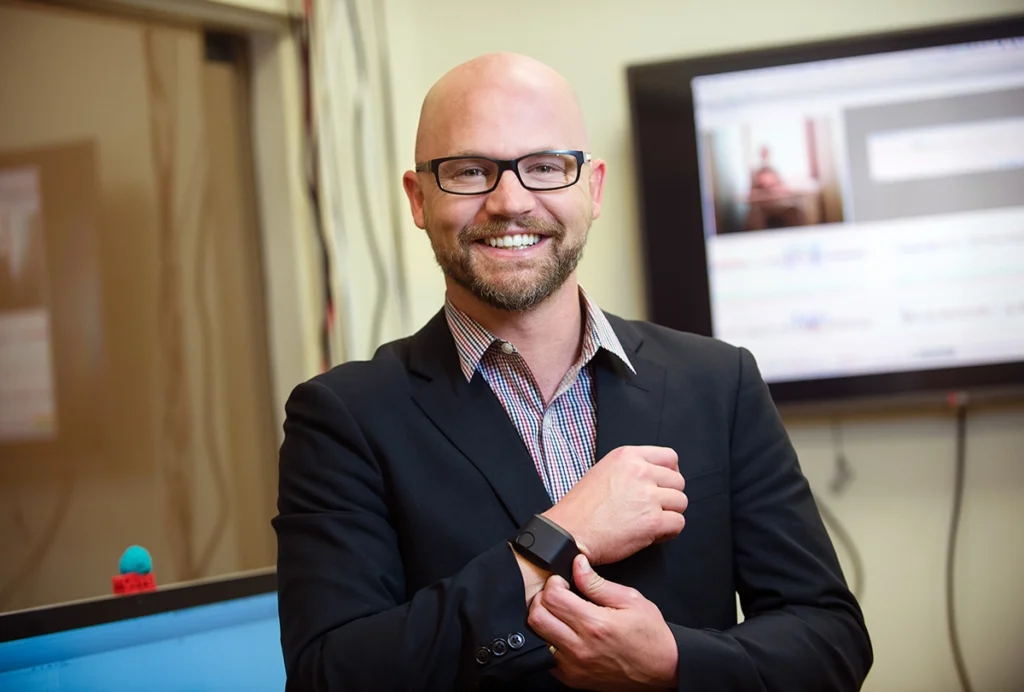Can you Google your way to a hypothesis?
In his Directors’ Column, Alan Packer points out how a number of autism risk genes act on a common cellular pathway regulated by a single protein. What other similar convergent paths might be hiding in the literature? Let’s go on a treasure hunt.

In our latest Directors’ Column, SFARI’s associate director for research, Alan Packer, explains that despite the dizzying multitude of genetic risk factors for autism, many of them converge on a single cellular pathway regulated by the signaling protein Rho.
But Rho is just one example of how the molecular pathways implicated in autism can merge. Finding these types of targets among the hundreds of candidate genes is incredibly important, both for understanding the disorder and for targeting drug development.
Maybe other points of convergence are staring us in the face. In his column, Packer quips that, “With just an Internet connection and a few hours to spare, it is possible to come up with interesting hypotheses as to how some of these genes converge on a relatively small number of cellular processes.”
Who better than our readers to take up this challenge? We propose the following thought experiment:
- Based on the large pool of candidate risk genes and their known functions, can you come up with a working hypothesis of how some of these genes might come together to act on a related cellular pathway? Submit your ideas, however rough, in the comments section below.
Or, to dig deeper, continue the conversation in the moderated SFARI Forum for researchers. Not yet a member? Learn how to register here.
Follow us on Twitter: @SFARIcommunity
Explore more from The Transmitter

How to explore your scientific values and develop a vision for your field

